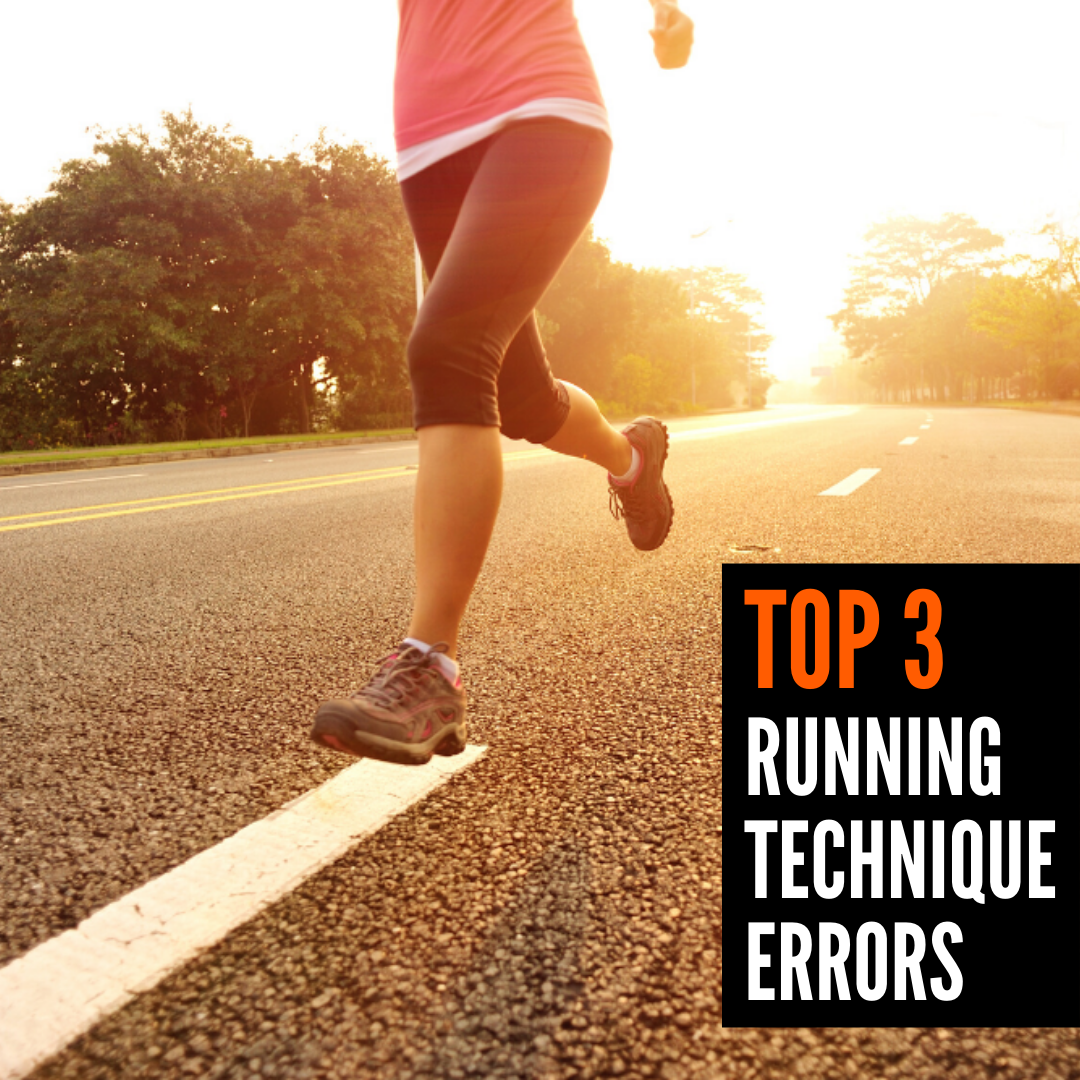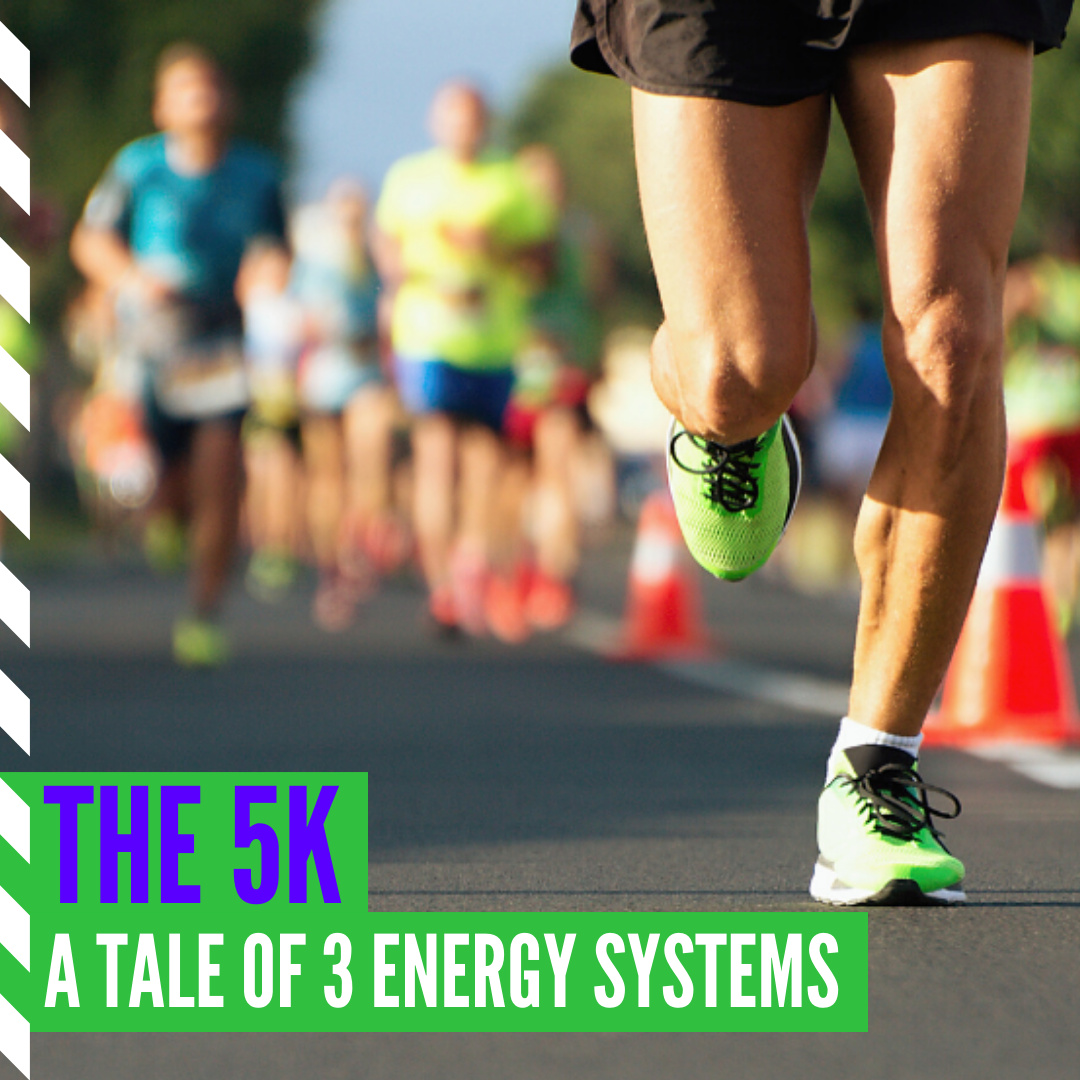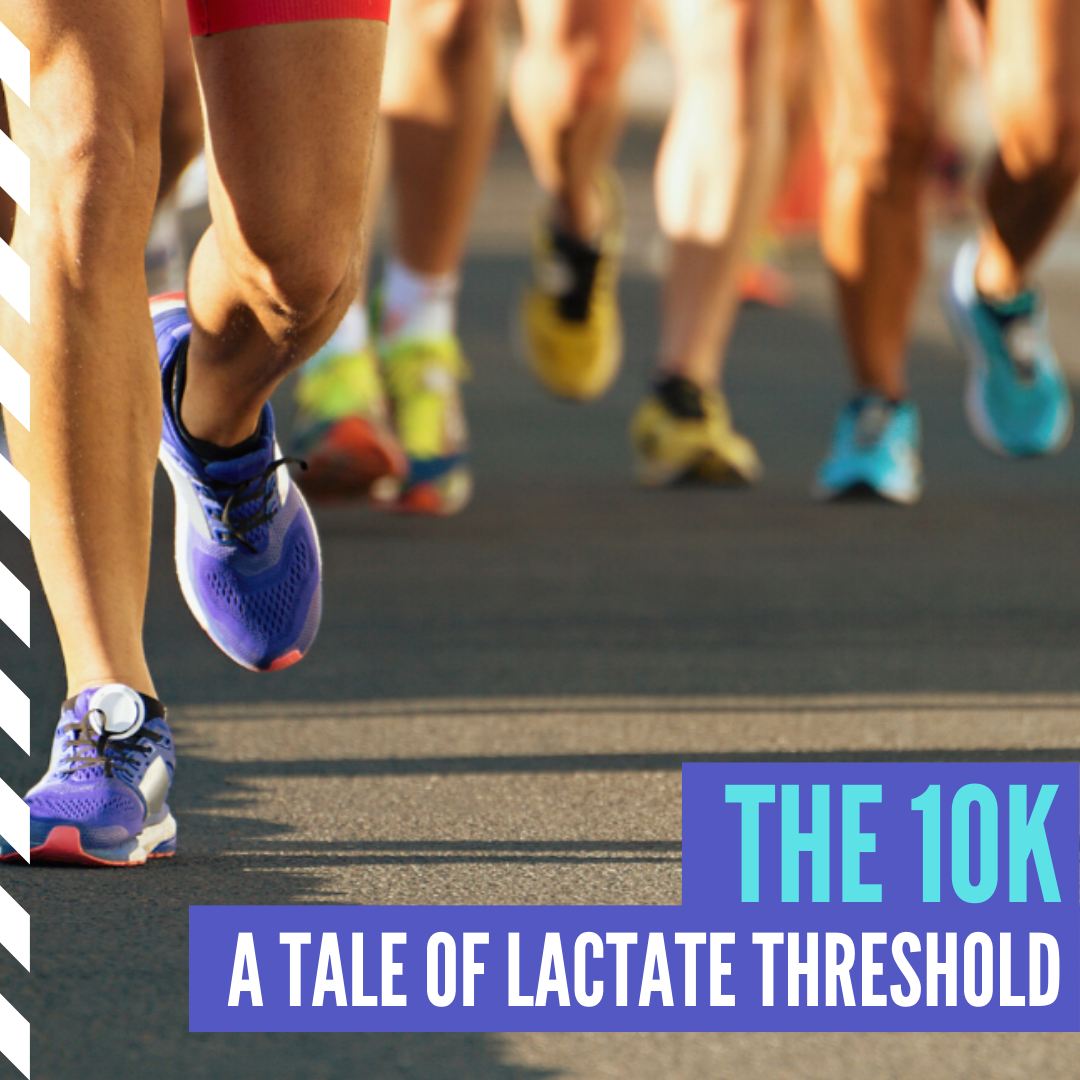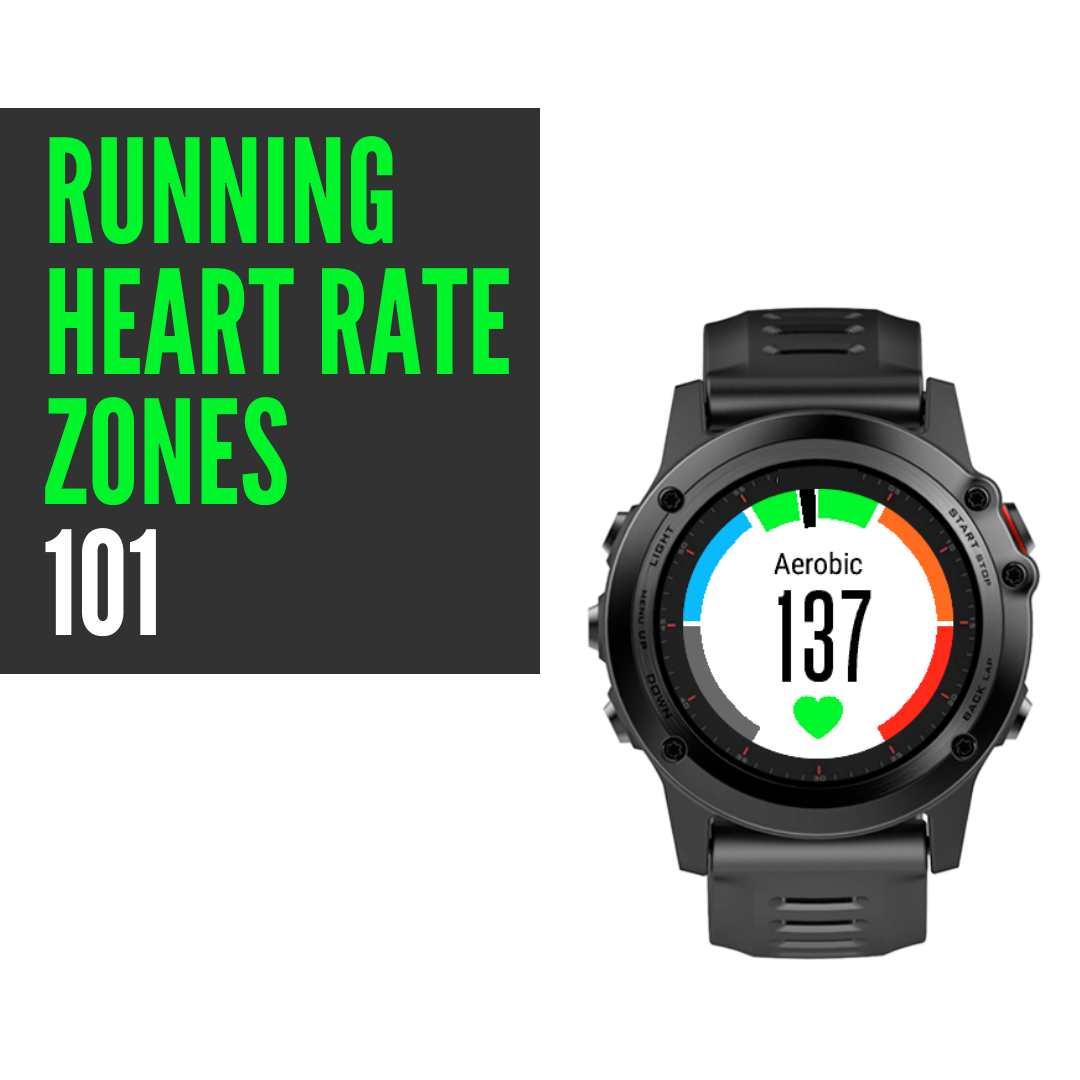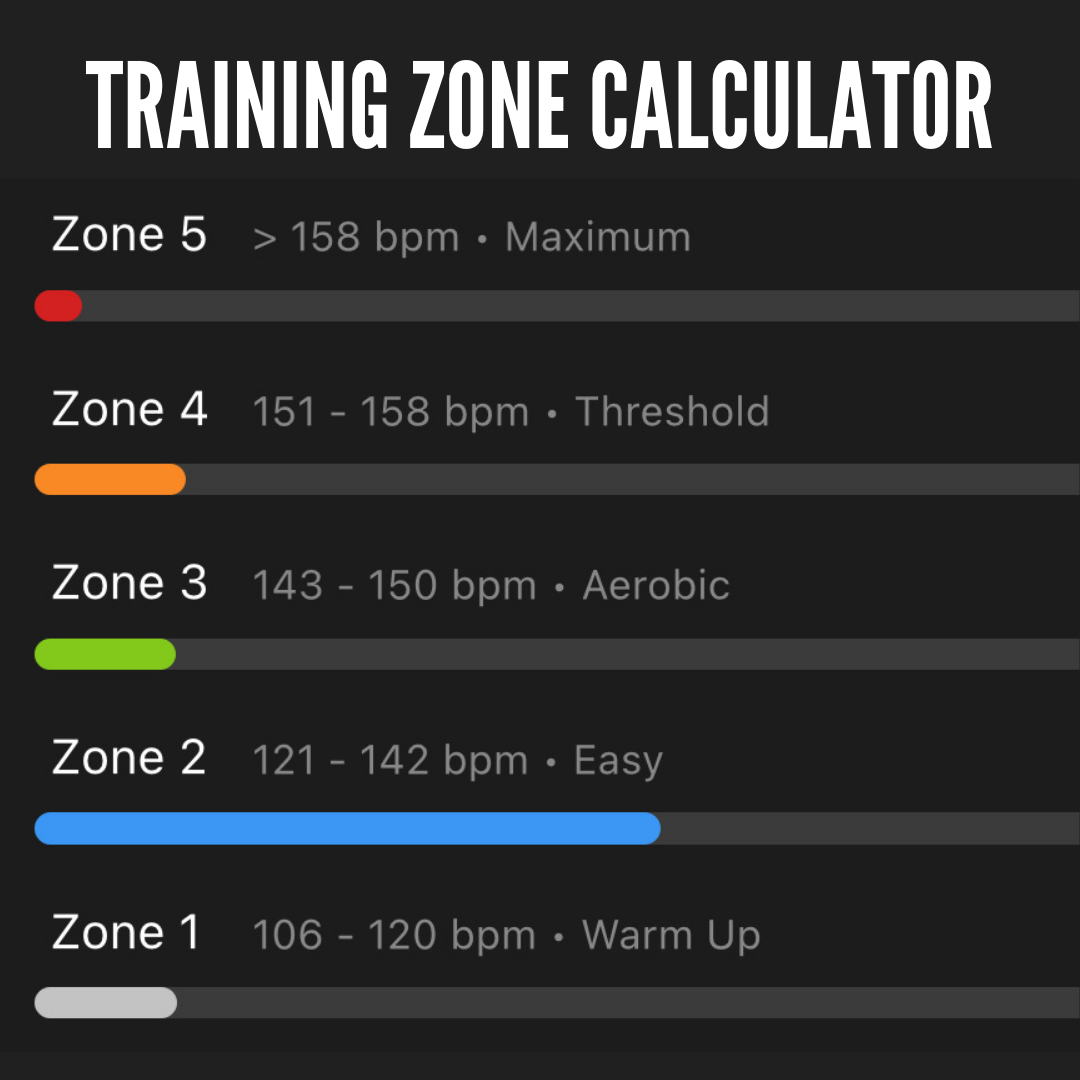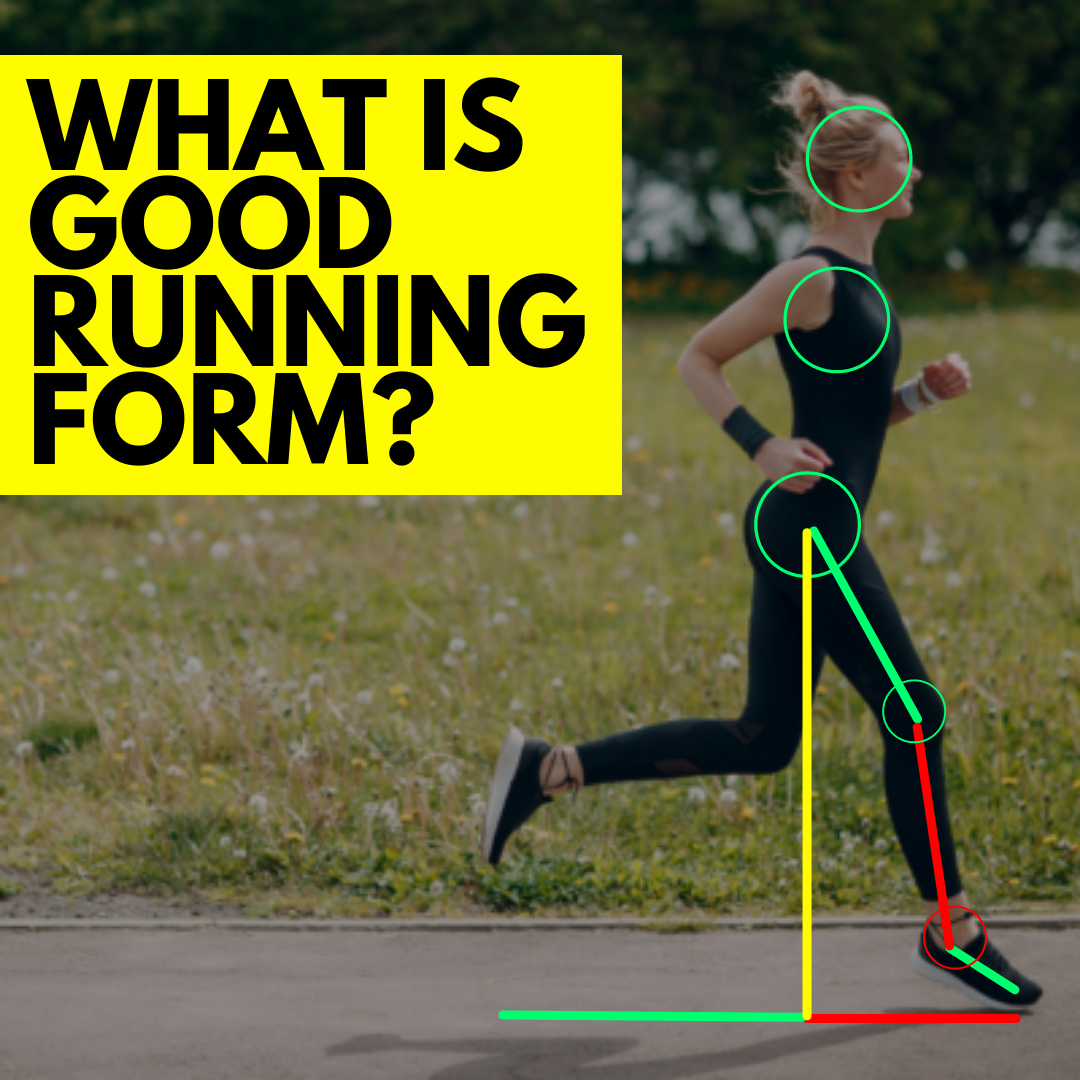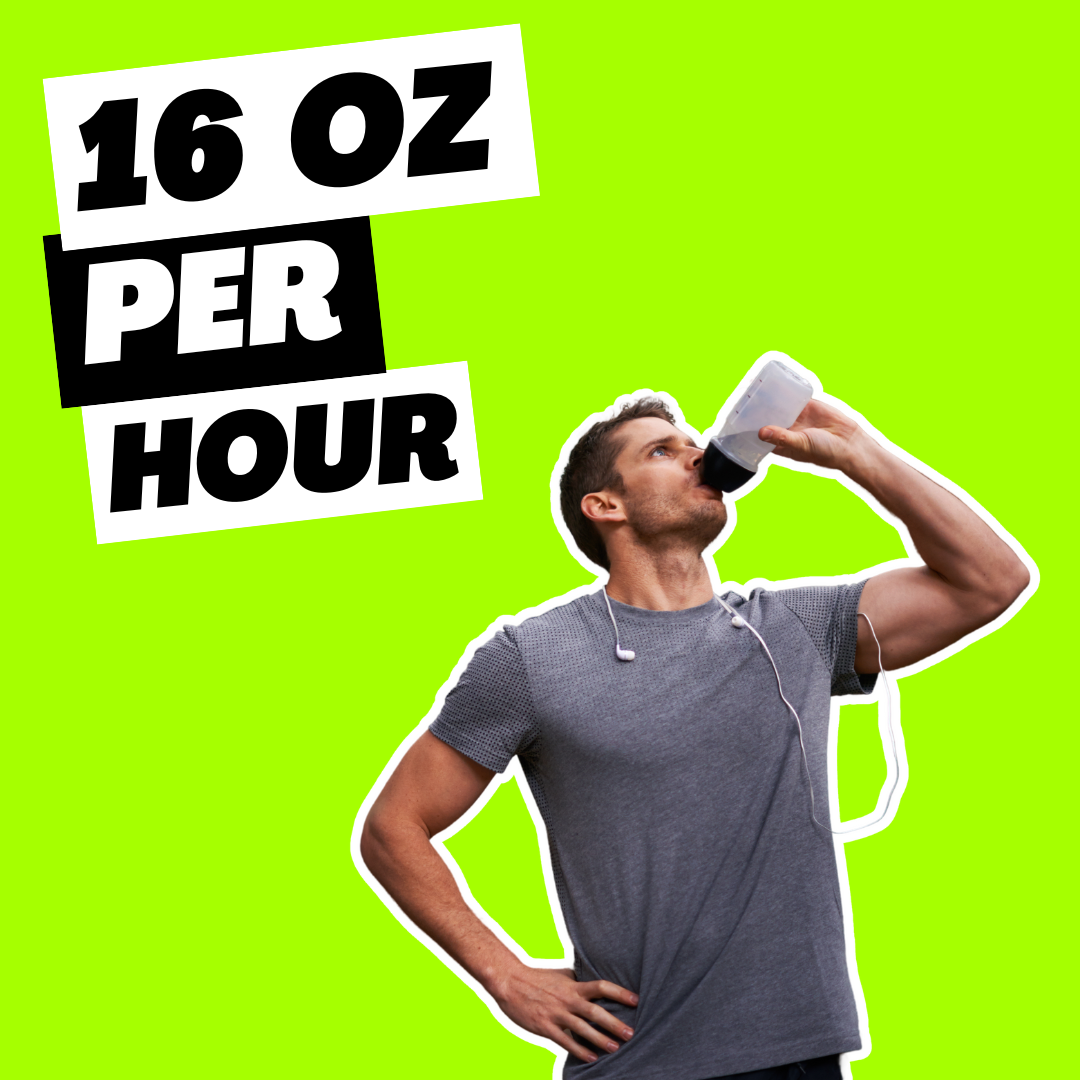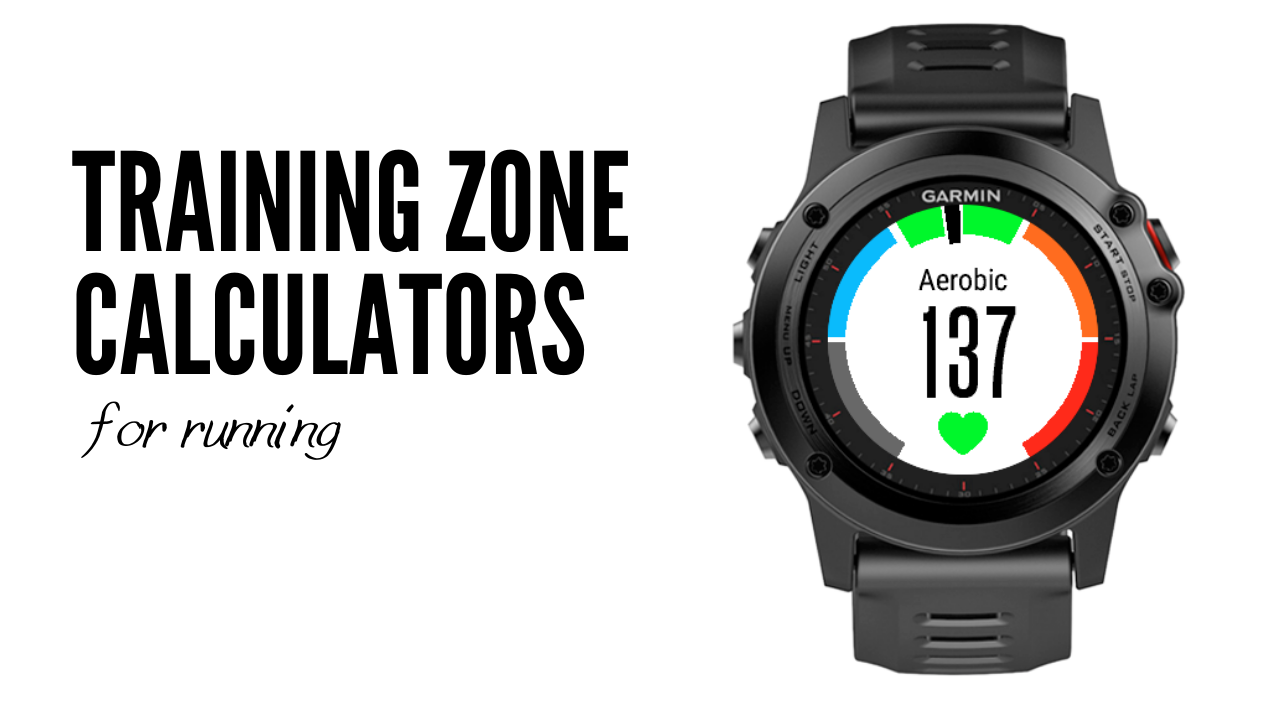
These training zone calculators help you determine your individualized training zones for running. We use three field tests that you can do on your own with just a GPS watch or a running app on your phone and a heart rate monitor. We take the results from those three field tests to determine your specific training zones and track the effectiveness of your training.
Firstly, the 20-minute test will estimate your second lactate threshold heart rate and pace (LT2). We use this test to determine your training zones. Repeating this test every 4-8 weeks will allow you to assess the effectiveness of your training at improving your race pace.
Secondly, the 40-minute test will estimate your first lactate threshold pace (LT1). Repeating this test every 4-8 weeks will allow you to assess the effectiveness of your training at improving your aerobic base.
Finally, the 5-minute test will estimate your VO2 max pace and help you set targets for interval workouts. Repeating this test every 4-8 weeks will allow you to assess the effectiveness of your training at improving your top-end speed.
By repeating these tests regularly you can track your fitness gains. Improvements in all three tests over time are indicative of an improvement in fitness and likely to result in improved performance on race day. If you notice one of the tests is not improving, that would indicate an area of weakness. Targeting that aspect of your physiology would be an excellent way to optimize your training.
This video explains the process.
Jump To…
The Training Zone Calculators on this page are part of my free Running Fundamentals Course. The Running Fundamentals Course is an online course to help runners understand the foundations of running performance. You’ll learn about your energy systems, lactate threshold, running technique, injury prevention. All sorts of good stuff.

The Running Fundamentals Course is a free online course to help runners understand the foundations of running performance.
Enter your name and email and I’ll send you one module each week.
In the module on Running Heart Rate Zones 101, we discussed what the different training zones are. We know that there are a couple of key physiological markers that we can use to orientate ourselves to different zone systems.
- VO2 Max is the intensity at which we are using as much oxygen as we are able
- LT2 is the Second Lactate Threshold – the intensity at which lactate starts to rapidly accumulate in the blood
- LT1 is the First Lactate Threshold – the upper limit of our aerobic base and the first noticeable increase in respiration
- 56% of VO2 Max is the lowest intensity at which we experience any aerobic conditioning
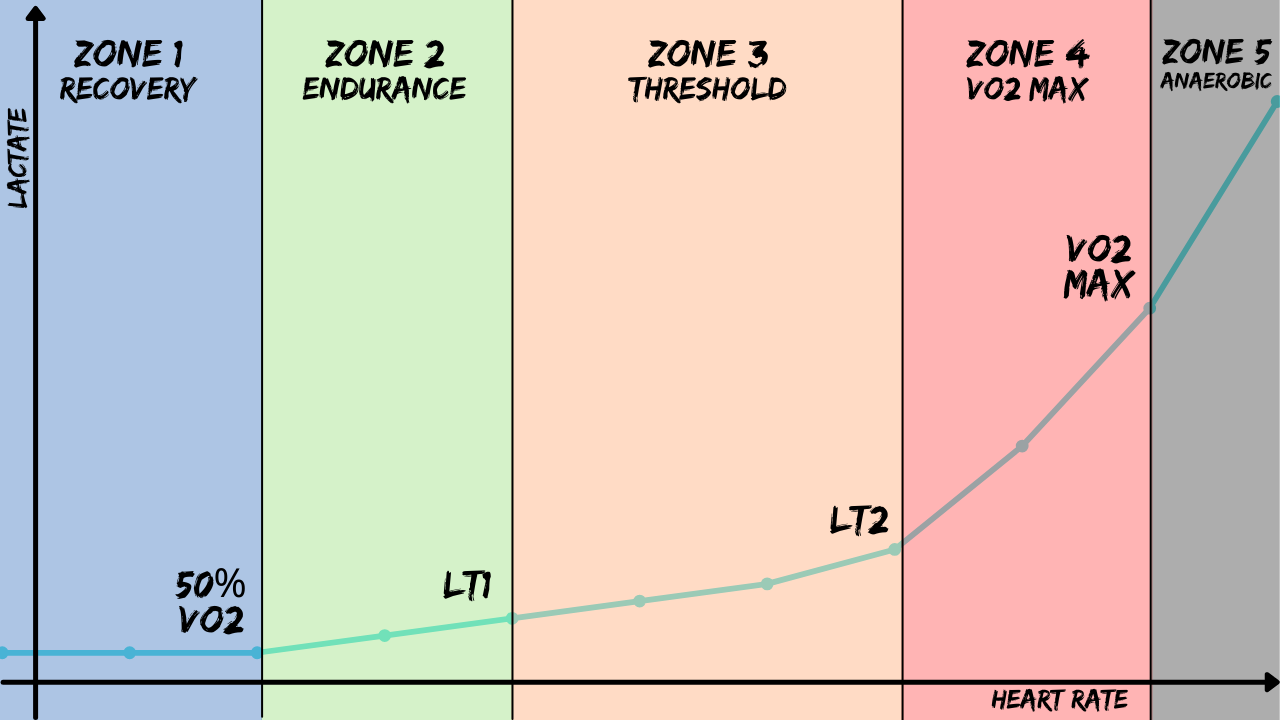
This video quickly explains the training zones and how they relate to these physiological markers…
That video is a clip from my interview with Nick Jankovskis, you can check out the full episode here.
The following three field tests will allow us to determine our heart rate and pace at LT1, LT2 and VO2 max. We can then plug the results into our training zone calculators spreadsheet to determine our zones.
Training Zone Calculators
20 Minute Test (LT2)
If you’ve read my article on Lactate Threshold you will know that the pace that we can hold for about 60 minutes would be pretty close to the second lactate threshold. We call that the lactate threshold pace. So if you run as fast as you can sustain for one hour, your average pace for that hour is your lactate threshold pace. Now, if you’re wearing a heart rate monitor while you do it, you can look back at your average heart rate for that 60 minutes. That would be your Lactate Threshold Heart Rate (LT2 HR).
Sustaining your max effort for 60 minutes is extremely hard, even if you are very motivated. Runners can often manage it in a race, but try doing a 60 minute time trial on your own. It’s very difficult to sustain that effort psychologically, this would introduce error.
Happily, there is an easier field test than the 60 minute time trial. As it turns out, whatever pace you can sustain for a 20 minute time trial is roughly 5-9% faster than the pace you can sustain for a 60 minute time trial. So we can use a 20 minute time trial and then just make the pace 5% slower and the heart rate 5% lower (Lillo-Beviá 2019, Borszcz 2019).
Here’s how you do it…
You will need a GPS watch or a phone app that can track your pace and heart rate. Use a chest strap heart rate monitor, the one on the back of your GPS watch will not be accurate enough. Choose a relatively flat route for your run. Beside a lake or river are good locations, also an outdoor track. I would avoid using an indoor track as you may get inaccurate tracking information from your watch.
If you want to upload the .FIT files to your Garmin so you can be guided through the workout, just enter your name and email and I’ll send them to you.
Step 1: 20 Minute Test
- 10-minute warm-up
- A gentle jog – you should be able to talk in full sentances
- Don’t start your GPS watch or phone app yet
- 20-minute all-out effort
- Start your GPS watch or app and set off
- Try to hit a consistent pace, the maximum pace you feel you can sustain for the whole 20 minutes
- When you hit 20 minutes, stop your GPS watch or phone app
Step 2: Determine Lactate Threshold Heart Rate and Pace
- Note your average pace and average heart rate for the 20 minute test
- Plug those numbers into the my training zone calculators spreadsheet
- The spreadsheet will give you your lactate threshold heart rate and pace (LT2)
Step 3: Sync Training Zones
- Take the values for your training zones from the zone calculator and enter them into your GPS watch or phone app
- Alternatively, you can use the lactate threshold heart rate and pace with any training zone calculator. Some of the popular ones are…
I would recommend repeating the 20-minute test every 4-8 weeks. You should see your average pace on the 20-minute test improve over time. This test helps you track the effectiveness of your training at improving your threshold pace. This is a good indicator of your race pace.
40 Minute Test (LT1)
The purpose of this test is to determine your first lactate threshold (LT1) pace. This is when your heart rate is around 95% of your second lactate threshold (LT2). You must complete the 20-minute LT2 test before this test. This is because we need to know your LT2 first to get the target heart rate for this test.
Once you have done your 20-minute test you should know your LT2 heart rate. Plug that number into my training zone calculator and look for the “top of zone 2” heart rate (LT1):

This will be your target heart rate for the 40 Minute Test.
Target Heart Rate (LT1) = LT2 Heart Rate x 0.95
Choose as flat a route as possible. Around a lake or beside a river are good spots. Be sure to use a chest strap heart rate monitor to ensure accurate data.
After a warm-up, increase your pace until your heart rate is steady within a couple of bpm of the Target Heart Rate. Press the start button on your GPS watch or running app. Keep your pace steady so that you stay as close to the target heart rate as possible for the duration of the 40 Minute Test. Your average pace for this 40 Minute Test is your LT1 pace.
LT1 Pace = Average pace while holding the LT1 heart rate
This test will tell us what pace you can sustain using primarily the oxidative system. We sometimes refer to this as your aerobic base. As your fitness improves and your aerobic base expands, your average pace during the 40 Minute Test should increase. Your LT1 pace is a good way to monitor the effectiveness of your training at targeting the oxidative system and improving your Aerobic Base.
I would recommend repeating this test every 4-8 weeks. You should see your average pace on the 40 minute test improve over time. This test helps you track the effectiveness of your training at improving your aerobic base.
If you want to upload the .FIT files to your Garmin so you can be guided through the workout, just enter your name and email and I’ll send them to you.
5 Minute Test (VO2 Max)
The 5-minute test is designed to help us get an estimate for your VO2 Max pace.
Start with a warm-up and include some strides (moderate increase in pace for 30-60 seconds). Don’t start your GPS watch yet. Speed up to the maximum pace that you feel you can hold for 5 minutes and hit the start button. Think of it as a race.
Make it feel really hard. As you finish the final minute, you want to be really struggling. Dig deep and try and push up the pace a little more.
Your average pace during the 5-minute test is a reasonable approximation of your VO2 Max pace.
I would recommend repeating this test every 4-8 weeks. You should see your average pace on the 5-minute test improve over time. This test helps you track the effectiveness of your training at improving your top-end speed.
If you want to upload the .FIT files to your Garmin so you can be guided through the workout, just enter your name and email and I’ll send them to you.
As I mentioned above, these calculators form an integral part of the Running Fundamentals Course. By now, we understand what the running energy systems are. We know what our lactate threshold is and how it relates to running performance. We understand the running heart rate and pace zones and we can use the calculators on this page to determine our heart rate and pace at LT1, LT2 and VO2 max.
Now that we understand the fundamental physiological principles of running, we’re going to zoom out from the cells and up to the body. We’re going to dig into some biomechanics and learn the Fundamentals of Running Technique.
Next Module

The Running Fundamentals Course is a free online course to help runners understand the foundations of running performance.
Enter your name and email and I’ll send you one module each week.
